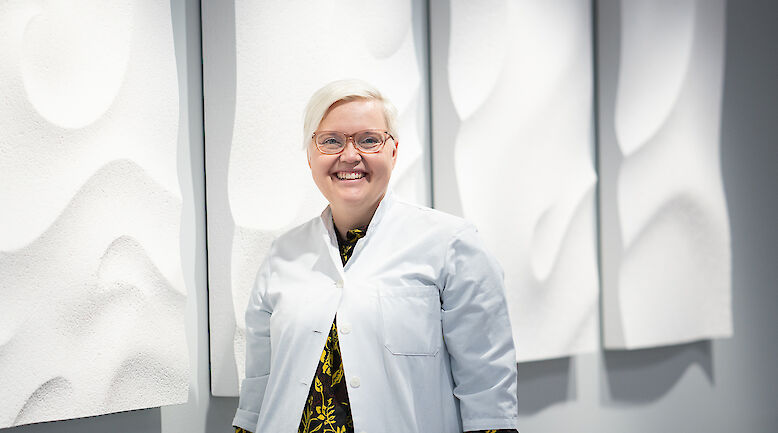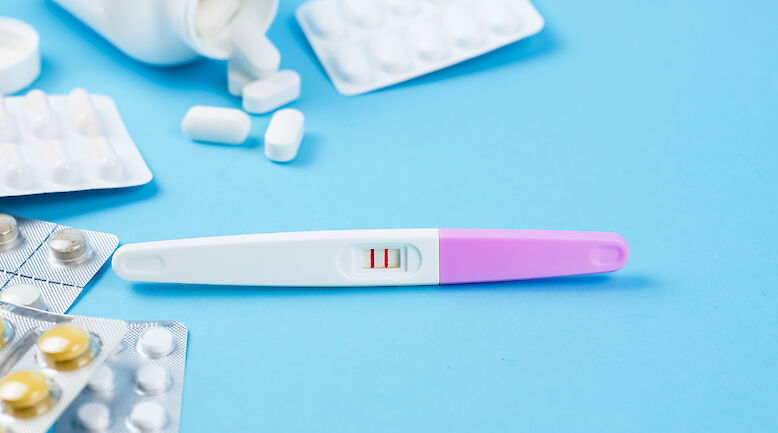English summary: INR testing results at the community clinics in the Hospital District of Helsinki and Uusimaa Background

In Finland, warfarin was the only option for long-term oral anticoagulation therapy until the year 2010. The quality of warfarin treatment can be assessed by analysing INR levels. As new oral anticoagulants (dabigatran, rivaroxaban, apixaban) are becoming available for clinical use, it is worth assessing how effective warfarin-based anticoagulation has been according to INR results.
A retrospective cohort study was conducted by assessing the results of INR tests requested by community clinics in the hospital district of Helsinki and Uusimaa (HUS) during the year 2010. The entire HUS area was included, excluding the municipalities of Porvoo, Pornainen and Mäntsälä. All the tests were performed at HUSLAB Laboratory Services. We included all the patients for whom two or more INR tests were performed during 2010. The total number of INR tests was 355 507 and the total number of patients was 26 559. INR tests were performed, on average, 13.2 times per patient per year. The INR levels of different municipalities, age groups, and genders were compared in this study.
Overall INR results were at satisfactory levels: 62.6% of results were within the therapeutic range for warfarin (2.0-3.0) and 77.5% within the extended therapeutic range (1.9-3.5). There were small but significant differences between municipalities when examining the results of individual measurements. The percentage of population attending for blood sampling and INR testing also varied between municipalities. There were significant differences between different age groups as well. The largest proportion of patients in the therapeutic range was in the age group of 70-80 years. Gender-based variance also occurred: of those under 40 years old, women were more often below the therapeutic range than men. There were no differences between genders in the older age groups.
Effective warfarin treatment was well achieved in the hospital district of Helsinki and Uusimaa according to the INR laboratory results. There were differences in the success rates of treatment between different municipalities and age groups. The reasons for the observed differences cannot be assessed based on the data of this study. Possible reasons include age distribution, different clinical practices in municipalities and different compliance rates between patient groups.












